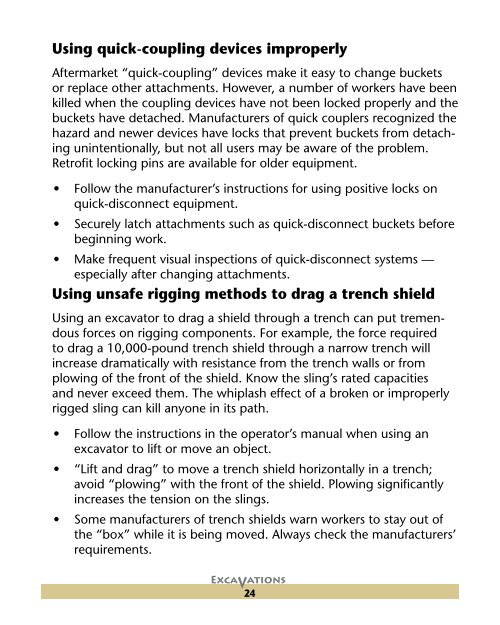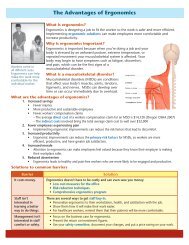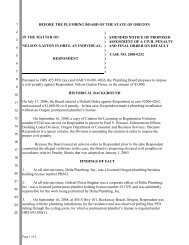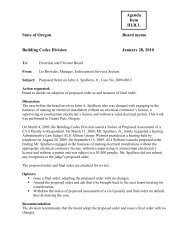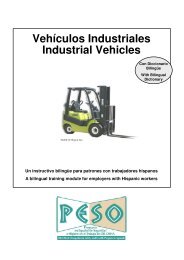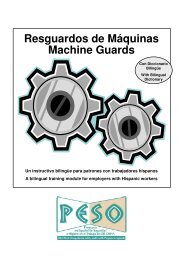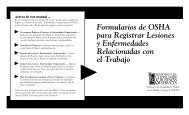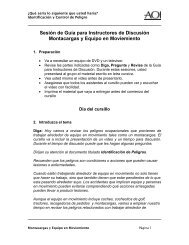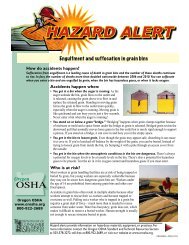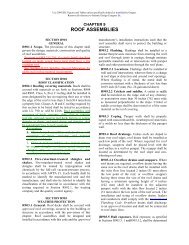ExcAVATIONs
ExcAVATIONs
ExcAVATIONs
Create successful ePaper yourself
Turn your PDF publications into a flip-book with our unique Google optimized e-Paper software.
Using quick-coupling devices improperly<br />
Aftermarket “quick-coupling” devices make it easy to change buckets<br />
or replace other attachments. However, a number of workers have been<br />
killed when the coupling devices have not been locked properly and the<br />
buckets have detached. Manufacturers of quick couplers recognized the<br />
hazard and newer devices have locks that prevent buckets from detaching<br />
unintentionally, but not all users may be aware of the problem.<br />
Retrofit locking pins are available for older equipment.<br />
• Follow the manufacturer’s instructions for using positive locks on<br />
quick-disconnect equipment.<br />
• Securely latch attachments such as quick-disconnect buckets before<br />
beginning work.<br />
• Make frequent visual inspections of quick-disconnect systems —<br />
especially after changing attachments.<br />
Using unsafe rigging methods to drag a trench shield<br />
Using an excavator to drag a shield through a trench can put tremendous<br />
forces on rigging components. For example, the force required<br />
to drag a 10,000-pound trench shield through a narrow trench will<br />
increase dramatically with resistance from the trench walls or from<br />
plowing of the front of the shield. Know the sling’s rated capacities<br />
and never exceed them. The whiplash effect of a broken or improperly<br />
rigged sling can kill anyone in its path.<br />
• Follow the instructions in the operator’s manual when using an<br />
excavator to lift or move an object.<br />
• “Lift and drag” to move a trench shield horizontally in a trench;<br />
avoid “plowing” with the front of the shield. Plowing significantly<br />
increases the tension on the slings.<br />
• Some manufacturers of trench shields warn workers to stay out of<br />
the “box” while it is being moved. Always check the manufacturers’<br />
requirements.<br />
24


